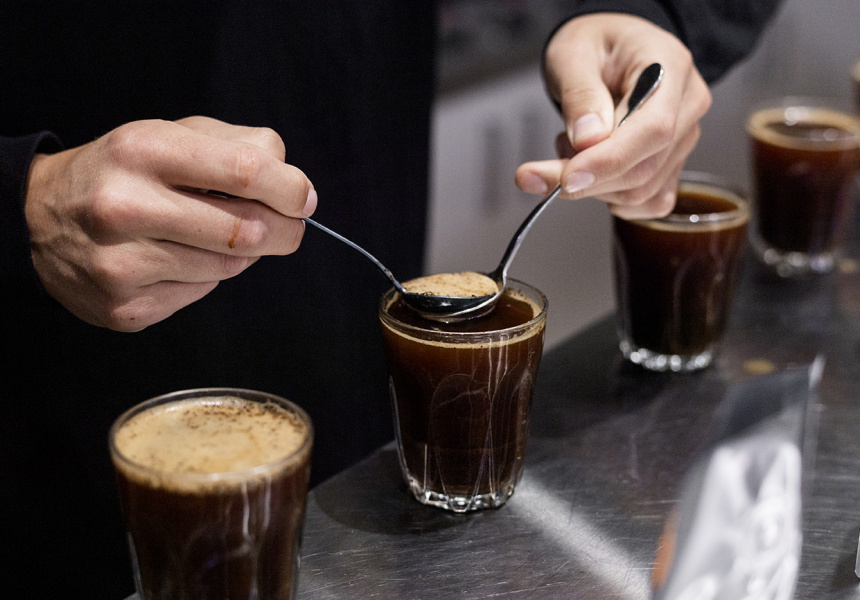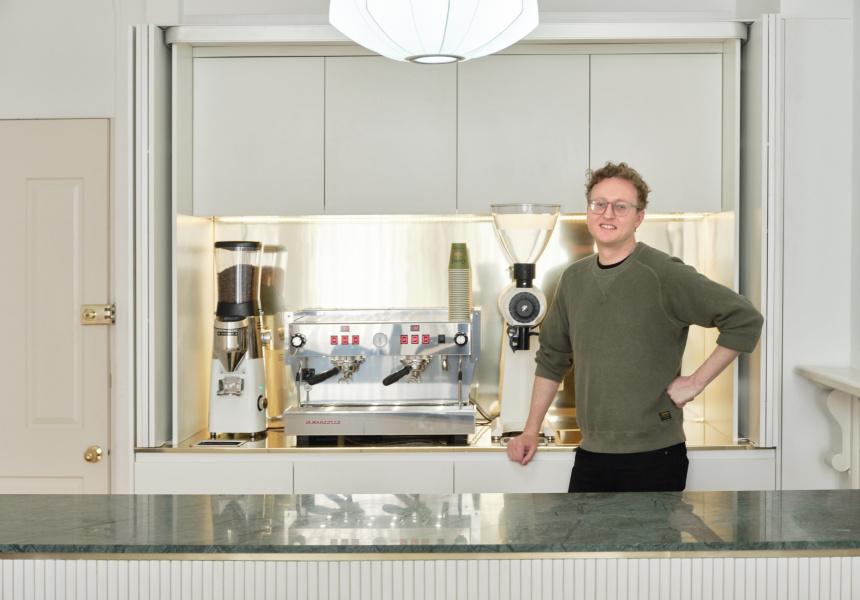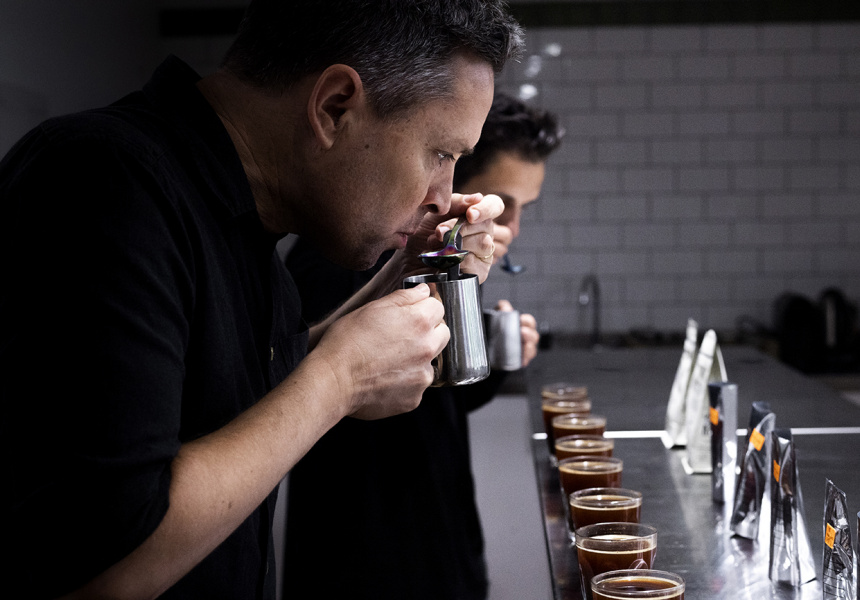‘Single origin’ can refer to beans sourced from a single country, region or farm. Which means that – technically – a bag of beans from, say, Brazil (which produces roughly a third of the world’s coffee) could be considered single origin. Follow the thread, though, and it usually gets much more specific. “We’ve got one at the moment from Elida Estate in the Boquete region of Panama,” says Geoff Clarke, coffee program specialist at Campos Coffee. “This is a single variety of coffee – the Catuai variety – from a single farm. That’s really as precise as you can get.”
There are a lot of reasons to care about exactly where your coffee comes from. Traceability means transparency around business practices – working conditions, for example, and fair trade – as well as sustainability. And once it’s in your cup, knowing your coffee’s origin can also be a good guide to flavour. “Climate, altitude, soil type, nutrient availability, how much water it gets, temperature – all these things will impact [the flavour],” says Clarke.
While there’s absolutely nothing wrong with just knocking back a latte, if you want to identify some of those finer single-origin flavour notes, you could try a more deliberate tasting technique.
We think you might like Access. For $12 a month, join our membership program to stay in the know.
SIGN UP“When we taste coffee, we do something called cupping,” says Clarke. “You grind the coffee, pour water on top, wait four minutes, give it a little stir on the surface, wait until it cools down and then sip it with a spoon.” This isn’t how Clarke chooses to enjoy coffee at a cafe, but it’s how industry professionals explore the flavours and aromas of different roasts – sometimes with up to 100 coffees cupped a day. For a similar effect at home, Clarke recommends pulling out the old French press. “It shows you all the flavours that are in a coffee, whereas if you’re making an espresso or a pour-over, the recipe you use will really influence what comes out of it.”
Although processing and roasting are important factors, the environment where coffee is grown contributes a lot to the final flavour. While this can be as fine-grained as the soil conditions on a particular property, there are some broad characteristics that tend to define coffee grown across much larger regions – and these are a great starting point if you’re looking to develop your tasting skills. We asked Clarke for some pointers to get you started.
Ethiopia
“Ethiopia is one of my top origins, and it’s also where arabica coffee is native to,” says Clarke. Campos has two Ethiopian single-origin coffees in its range, but for the purest flavour, try the washed version – Ethopia Uraga. Washing - where the fruit of the coffee is removed before drying - reduces the impact of processing on flavour, providing a cleaner expression of origin. “A stereotypical Ethiopian coffee should be floral and have stone-fruit or berry flavours. This one’s got lots of jasmine florals, nectarine flavours and some honeydew melon.”
Kenya
With Kenyan coffee, expect to be met with some vibrant blackcurrant flavours. According to Clarke, this is partly down the distinctive crops cultivated in Kenya. “There are some specific varieties – kind of like subspecies – that are really synonymous with Kenya. SL-28 [and] SL-34 are two of the names.” The Campos espresso roast from Thirikwa Gakuyuini evokes those classic fruit flavours with some extra notes of golden raisin and honeycomb.
Colombia
If you like your coffee on the richer side, Colombian beans might be your go-to. “Typically there’s caramel, chocolate and stone-fruit flavours, but in recent years it’s really become a lot more diverse than that,” says Clarke. “We’ve got some coffees that are like strawberry jam, [with] rose florals.” Again, look for washed coffee to get those quintessential origin flavours – for example, Campos’ fudgy El Quebradon, produced from the Caturra variety.
Indonesia
Sumatra is the most popular region for Indonesia, known for its spicy flavour. “Often you might get some cola, some herbal elements, some florals as well,” says Clarke. As always, though, confirm with your own palate, as coffees like Campos’s Indonesia Frinsa take things beyond the stereotypes. “This one went really heavy on the fermentation,” says Clarke, “so it’s got flavours of mulled wine, guava and cherry pie.”
Broadsheet readers can go into the draw to win a year’s supply of Campos Superior Blend Coffee Beans. Enter below for your chance to win 1kg of Campos coffee every fortnight worth a total of $1300. Competition is now closed.
This article is produced by Broadsheet in partnership with Campos Coffee.




